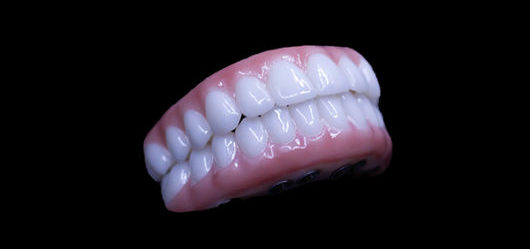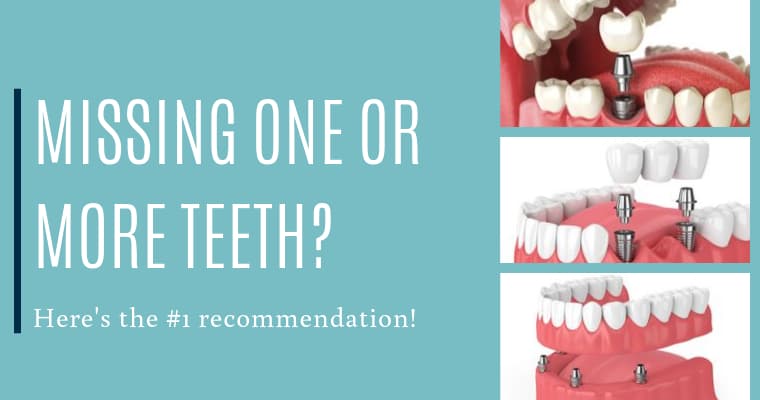Rumored Buzz on Dental Sense
Not known Factual Statements About Dental Sense
Table of ContentsAbout Dental SenseDental Sense Fundamentals ExplainedWhat Does Dental Sense Do?Dental Sense - Truths
are medical gadgets surgically implanted right into the jaw to bring back a person's capability to chew or their appearance. They provide support for synthetic (fake) teeth, such as crowns, bridges, or dentures. When a tooth is lost due to injury or disease, an individual can experience complications such as rapid bone loss, malfunctioning speech, or adjustments to eating patterns that cause pain.Oral implant systems are composed of a dental implant body and dental implant abutment and may additionally consist of a joint fixation screw. Wisdom tooth cavity. The oral implant body is operatively placed in the jawbone in location of the tooth's root. The oral implant joint is normally affixed to the implant body by the abutment addiction screw and expands with periodontals into the mouth to sustain the connected synthetic teeth
(https://filesharingtalk.com/members/608667-dentalsense1)Framework of The Oral Implant System picking oral implants, speak to your oral copyright concerning the prospective benefits and threats, and whether you are a prospect for the procedure. Things to take into consideration: Your overall health is a vital consider establishing whether you are an excellent prospect for dental implants, the length of time it will certainly require to heal, and how much time the implant may remain in area.
Smoking cigarettes may affect the recovery procedure and lower the lasting success of the implant. The healing process for the implant body might take several months or longer, throughout which time you typically have a temporary joint instead of the tooth. the dental implant treatment: Carefully comply with the oral hygiene guidelines provided to you by your dental provider.
Dental Sense Can Be Fun For Anyone
Implant failing can result in the requirement for an additional surgery to fix or replace the dental implant system. Recovers the ability to chew Brings back aesthetic appearance Helps keep the jawbone from reducing as a result of bone loss Maintains the health and wellness of the bordering bone and gums Assists maintain adjacent (nearby) teeth steady Improves lifestyle Damages to surrounding natural teeth throughout implant positioning Injury to the surrounding cells throughout surgery, such as sinus perforation Injury throughout surgical treatment (as an example, fracture of bordering jawbone) Poor function, such as feeling like the teeth do not bite together typically An experience that the tooth hangs or turning in position arising from an abutment screw loosening Implant body failure (looseness of the implant body) as a result of systemic infection, which may be a lot more likely in clients with unchecked diabetes mellitus as a result of regional infection in bone and periodontals supporting the implant body because of postponed healing, which might be more likely in patients that smoke Difficulty cleaning up the periodontals around the implant, causing poor dental health Unattended gum condition Post-surgical pins and needles due to nerve impingement or damage Constantly inform health and wellness care service providers and imaging specialists that you have dental implants before any kind of magnetic vibration imaging (MRI) or x-ray procedures.
FDA is not knowledgeable about any kind of negative events reported for MRI or x-ray procedures with oral implants. Oral implants systems are commonly made from products that comply with international agreement requirements of the International Company for Standardization (ISO) or ASTM International. These criteria have information of what makes a risk-free material.

An oral implant is a framework that replaces a missing tooth. With screw-like devices, the specialist inserts a dental implant right into the jawbone, and it acts as an anchor for an artificial tooth, called a crown.
The 8-Minute Rule for Dental Sense
Some people are not eligible for oral implant surgical procedure. It is for oral surgeons to run on people with: severe illnessuncontrollable metabolic diseasebone or soft cells condition or infectionIf these issues are fixed, an individual can have the surgical procedure. In, oral specialists avoid running on people with: If individuals with any one of the above go through dental implant surgery, there is a greater danger of the implant failing.

Oral dental implant surgery is a personalized procedure. It's not the very same for everyone. The adhering to gives a general introduction of what you can anticipate your dental practitioner, oral cosmetic surgeon, periodontist or prosthodontist to do: Put the dental implant surgically. Provide you time to Read Full Article recover. Affix the article and final crown, bridge or denture.
Next off, your doctor will thoroughly place the dental implant into your jaw. Finally, your surgeon will reposition your gum tissues and shut the cut with stitches. If your dental implant is near the front of your mouth, your dental expert will certainly make a short-lived tooth for you to use until you heal. That way, you will not have a space in your smile while you recuperate.
The Ultimate Guide To Dental Sense
Your service provider can inform you what to expect in your scenario. During the healing stage, your jawbone needs to fuse to the dental implant. This process, called osseointegration, is vital for security and long-term success. This procedure can take anywhere from 3 to nine months. In some instances, it may take much longer.
When your dental implant heals, your dental practitioner can connect the joint (small adapter message) and your last restoration (crown, bridge or denture). This normally takes about one hour to complete and might require a second minor surgical procedure. You should not really feel any type of discomfort throughout your dental implant treatment since your provider will make use of medication to numb your periodontals.